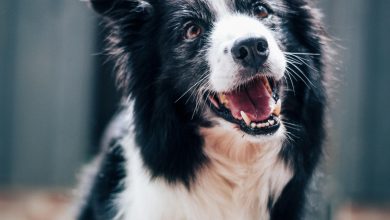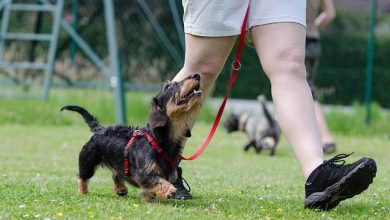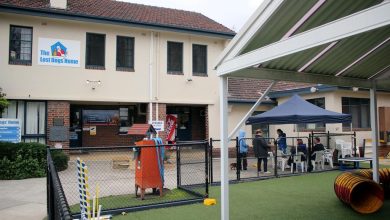Best ways to use positive reinforcement in dog training
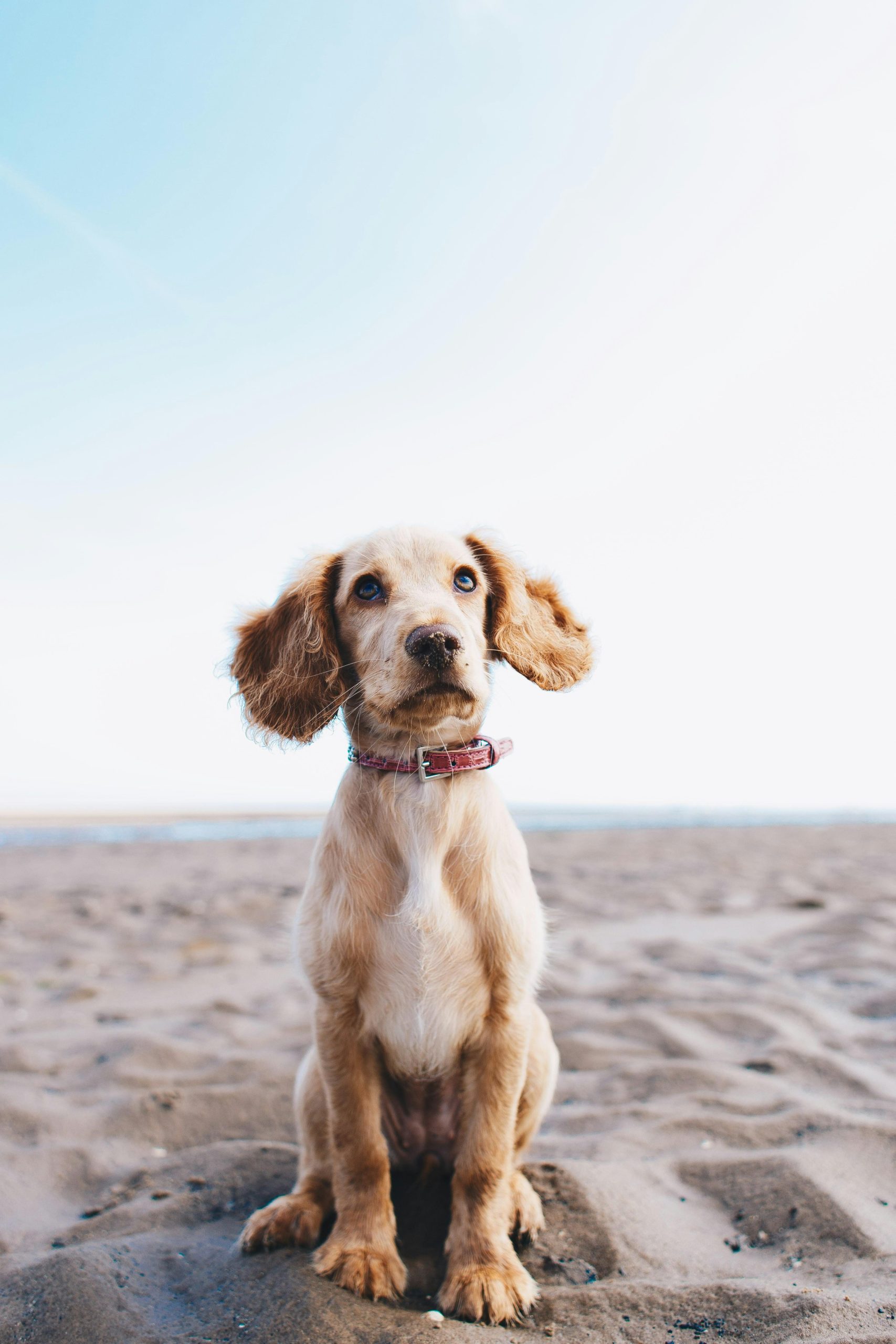
In the vibrant world of dog training, where wagging tails meet eager minds, positive reinforcement emerges as a guiding star. This approach, rooted in kindness and understanding, transforms the training experience into a joyful journey of mutual respect and learning. As we delve into the best ways to harness this powerful technique, we’ll explore how simple rewards can unlock your dog’s potential, fostering a bond that goes beyond commands and corrections. Whether you’re a seasoned trainer or a devoted pet owner, understanding the nuances of positive reinforcement can lead to a harmonious and fulfilling relationship with your canine companion. Let’s embark on this adventure, where every treat and praise becomes a stepping stone towards a well-behaved and happy dog.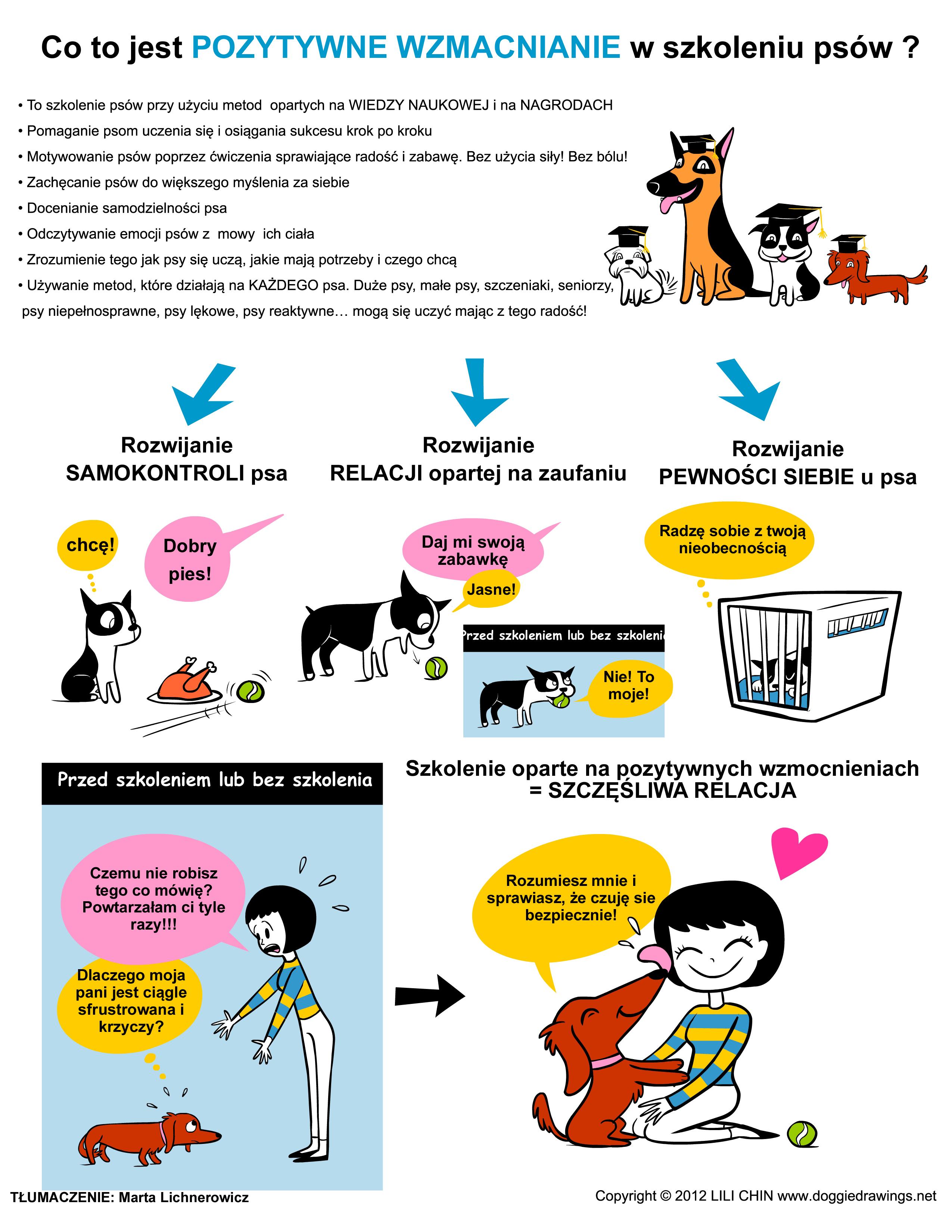
Understanding the Science Behind Positive Reinforcement
Positive reinforcement is a scientifically-backed method that taps into the way animals, including dogs, naturally learn and adapt to their environment. At its core, this approach leverages the principles of operant conditioning, a concept developed by B.F. Skinner, which asserts that behaviors followed by rewarding stimuli are more likely to be repeated. When applied to dog training, this means rewarding your furry friend for desired behaviors, thus strengthening the likelihood of those behaviors being repeated in the future.
- Consistency is Key: Always reward your dog immediately after they exhibit the desired behavior to ensure they associate the action with the positive outcome.
- Variety of Rewards: While treats are the most common reward, consider using verbal praise, petting, or playtime to keep your dog motivated and engaged.
- Understand Your Dog’s Preferences: Some dogs respond better to certain types of rewards. Tailor your reinforcement to what your dog finds most motivating.
By using positive reinforcement, you are not just training your dog; you are building a relationship based on trust and understanding. This approach encourages a more enjoyable training experience for both you and your pet, fostering a stronger bond and a well-behaved companion.

Crafting the Perfect Reward System for Your Dog
Creating a reward system that resonates with your furry friend involves understanding what truly motivates them. For some dogs, treats might be the ultimate prize, while others might respond better to praise or playtime. It’s essential to identify and utilize these preferences to reinforce positive behaviors effectively. Here are some creative ideas to help you craft a tailored reward system:
- Variety is Key: Rotate between different types of rewards to keep your dog engaged and curious. This could mean alternating between tasty treats, verbal affirmations, and interactive toys.
- Consistency is Crucial: Ensure that rewards are given immediately after the desired behavior. This helps your dog make the connection between the action and the reward.
- Use a Marker: Incorporate a clicker or a specific word to signal the exact moment your dog performs the desired behavior, reinforcing the learning process.
- Gradual Progression: As your dog becomes more proficient, slowly reduce the frequency of rewards, transitioning to a system where praise becomes the primary reinforcement.
By customizing your approach and incorporating these strategies, you’ll be well on your way to nurturing a well-behaved and happy canine companion.
Timing is Everything: The Art of Immediate Feedback
In the world of dog training, the power of immediate feedback cannot be overstated. Just as a painter needs the right brush to create a masterpiece, a trainer needs the right timing to harness the full potential of positive reinforcement. Dogs live in the moment, and their ability to connect actions with consequences diminishes as time passes. By offering praise, treats, or affection at the exact moment your dog performs the desired behavior, you create a clear association that strengthens their learning process.
- Clicker Training: This method involves using a small device that makes a clicking sound to mark the precise moment your dog performs a desired action. The click is immediately followed by a reward, creating a strong link between the behavior and the positive outcome.
- Verbal Cues: Simple words like “yes” or “good” can serve as a bridge between the action and the reward. Consistency in tone and timing is key to ensuring your dog understands the connection.
- Physical Rewards: A gentle pat or a quick scratch behind the ears can be just as rewarding as a treat, especially for dogs that crave physical affection. The important part is the immediacy of the gesture.
Incorporating these strategies into your training routine ensures that your dog receives clear, immediate feedback, which not only speeds up the learning process but also strengthens the bond between you and your furry friend.
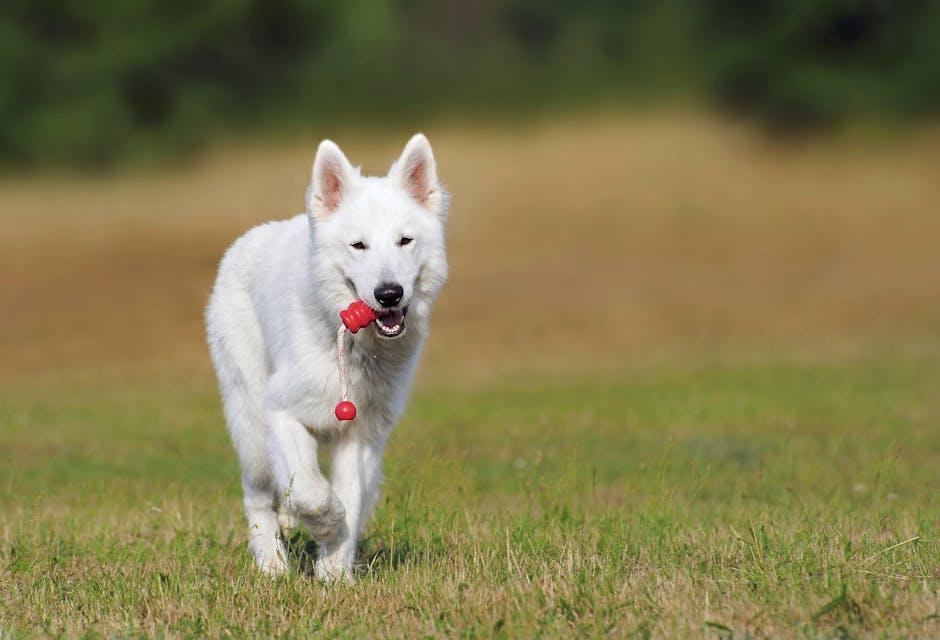
Building a Bond: Strengthening Your Relationship Through Training
Incorporating positive reinforcement into your training routine can significantly enhance the bond between you and your dog. This method focuses on rewarding desired behaviors, which not only encourages repetition but also fosters a sense of trust and cooperation. Here are some effective strategies:
- Use Treats Wisely: High-value treats can be a powerful motivator. Opt for small, easily consumable snacks to maintain your dog’s focus without overfeeding.
- Timing is Key: Deliver rewards immediately after the desired behavior to help your dog make the connection between action and reward.
- Consistency Matters: Ensure that all family members use the same commands and reward system to avoid confusion.
- Incorporate Praise and Affection: Sometimes a simple pat or verbal praise like “Good job!” can be as effective as a treat, particularly for dogs who crave attention.
- Gradual Progression: Start with simple tasks and gradually increase the complexity as your dog becomes more confident and skilled.
By consistently applying these techniques, you not only reinforce good behavior but also cultivate a harmonious and mutually respectful relationship with your furry friend.
